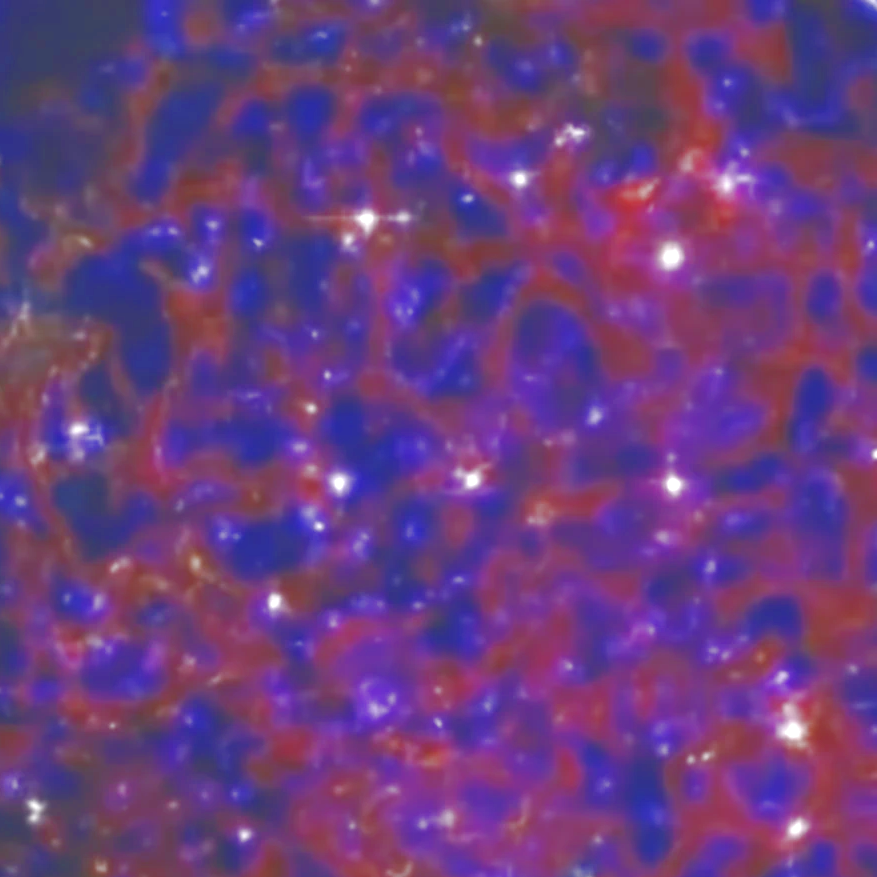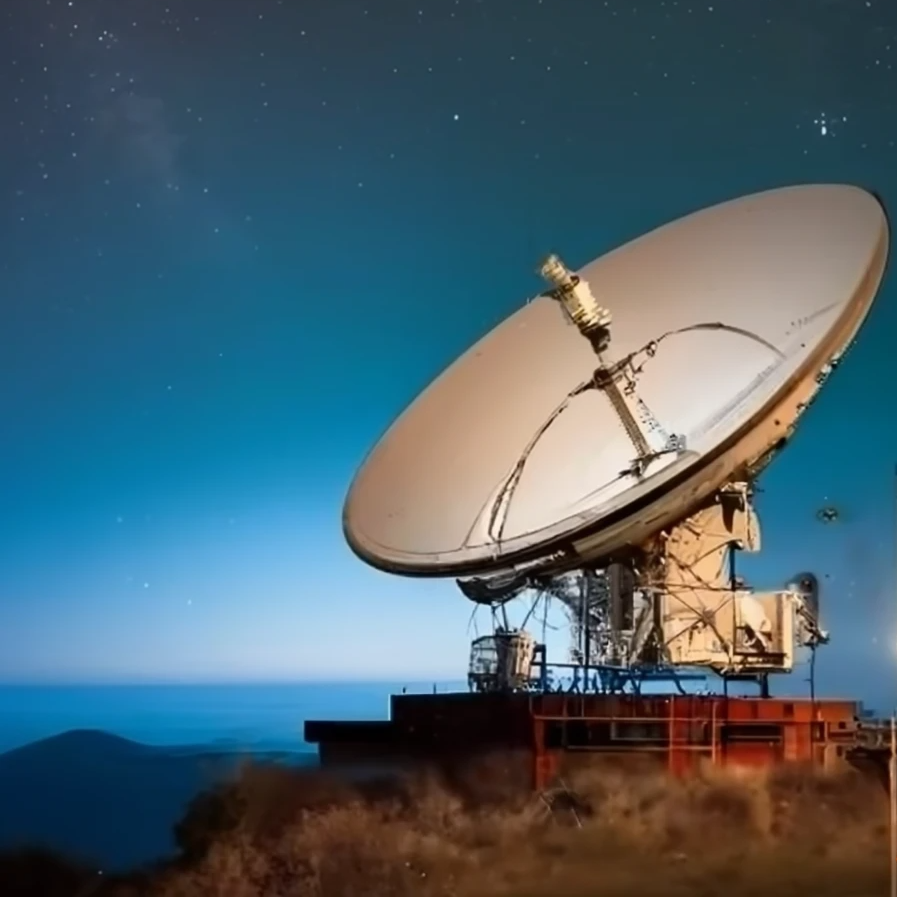The Effect of Dark Matter and Dark Energy on Gravitational Time Advancement
Nowadays, the effects of Dark Matter (Figure 1) and Dark Energy on Gravitational Time Advancement, on local and large distance scales, are quite known. Some research consider various models of dark matter and dark energy, including the Cosmological Constant, Λ and compares their impact on gravitational phenomena with the standard Schwarzschild Geometry (Equation 1).
Beyond the Standard Theories...
Postulating the acceleration of the Universe's expansion, the latest advancements led to the inclusion of dark energy, characterized by a negative pressure, into the Energy - Momentum Tensor, Tik of the Universe. Dark matter, a non-luminous component dominating galaxies, is supported by observations such as rotation curve surveys, cosmic microwave background (Figure 2) measurements [1], and baryon acoustic oscillations [2].
Equation 1. The Schwarzschild Geometry equation
Dark Energy and Dark Matter Models
The first and important candidate for dark energy is the cosmological constant, characterized by a constant Energy Density with an Equation-Of-State Parameter, w equal to -1. However, its theoretical problem lies in its size, significantly lower than the expected Vacuum Energy Density. Various alternative theories, including Quintessence [3] and Chaplygin Gas Models, (CG) [4] have been proposed to address this issue. Modifications to General Relativity, such as scalar tensor theories and [math]\Large{f(R)}[/math] gravity models, have also been suggested to explain late-time accelerated expansion with no reference to dark energy.

Figure 1. A figurative representation of Cosmos objects (white lights) surrounded
by Dark Matter lattice (red and blue structure)
Similarly, dark matter candidates include WIMPs [5], Axions, and sterile Neutrinos (further information in here, section 1). Theories like MOND propose modifications to Newtonian Dynamics, while Conformal Gravitational Theory [6], based on Weyl Symmetry, aims to explain flat rotation curves of Galaxies without the need for dark matter.
What is the Gravitational Time Advancement?
Gravitational Time Advancement occurs when an observer is in a stronger gravitational field compared to the photon's trajectory. A study finds that dark energy leads to a gravitational time delay, reducing the gravitational time advancement effect. In contrast, the conformal theory suggests a large time advancement effect, particularly at distances beyond approximately 30 kpc (Kiloparsec).

Figure 2. An instance of small ground station satellite antenna to pick up
the Milky Way Microwave Background
Experimental Verification and Future Missions
This article emphasizes the challenging nature of experimentally verifying the gravitational time advancement effect. BEACON [7] and GRACE-FO [8] missions are expected to provide a higher accuracy in probing the Earth's gravitational field, offering opportunities to measure gravitational time advancement effects at large distances.
Gravitational Time Advancement as a Proof of Dark Matter and Dark Energy
However, analytical expressions are derived, revealing that dark energy induces a gravitational time delay, while the Schwarzschild Metric results in both time delay and time advancement effects. The findings suggest that measuring gravitational time advancement at large distances could serve as a means to prove the dark matter and certain dark energy models. Also parameters, on upper bound conditions, will be affected by this gravitational phenomenon.
- Space.com. "What is the cosmic microwave background?"https://www.space.com/33892-cosmic-microwave-background.html
- Nasa (.gov). "Baryon Acoustic Oscillations - Roman Space Telescope" https://roman.gsfc.nasa.gov/BAO.html
- Cerncourier.com. "The quintessence of cosmology" https://cerncourier.com/a/the-quintessence-of-cosmology/
- Academic Accelerator. "Chaplygin Gas: Most Up-to-Date Encyclopedia, News & Reviews" https://academic-accelerator.com/encyclopedia/chaplygin-gas
- Arstechnica. "No WIMPS! Heavy particles don’t explain gravitational lensing oddities" https://arstechnica.com/science/2023/04/gravitational-lensing-may-point-to-lighter-dark-matter-candidate/
- Physics.wustl. "Quantum Conformal Gravity" https://physics.wustl.edu/events/quantum-conformal-gravity
- ResearchGate. "A Search for New Physics with the BEACON Mission" https://www.researchgate.net/publication/1732985_A_Search_for_New_Physics_with_the_BEACON_Mission
- Forbes. "NASA's GRACE-FO Mission Will Study How Earth's Climate Is Evolving" https://www.forbes.com/sites/jesseshanahan/2018/05/22/nasas-grace-fo-mission-will-study-how-earths-climate-is-evolving/
